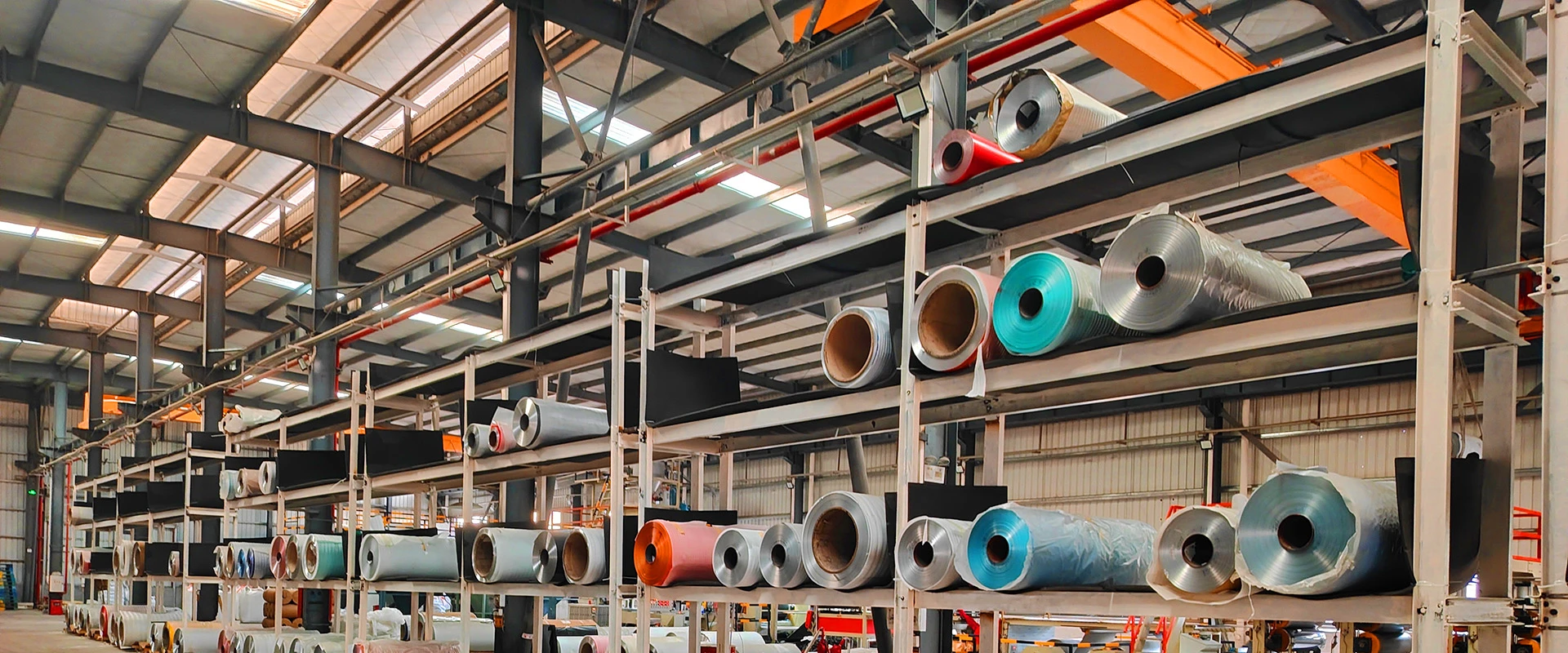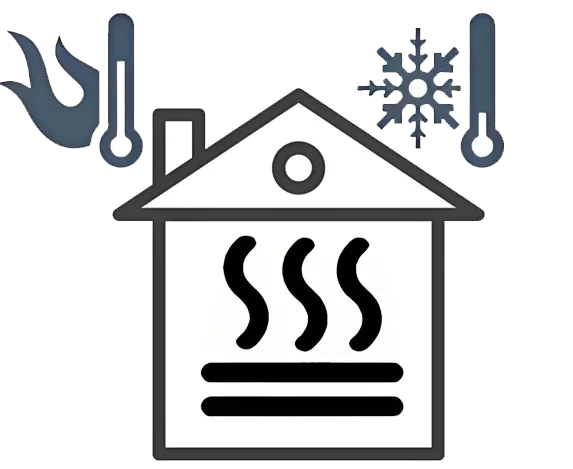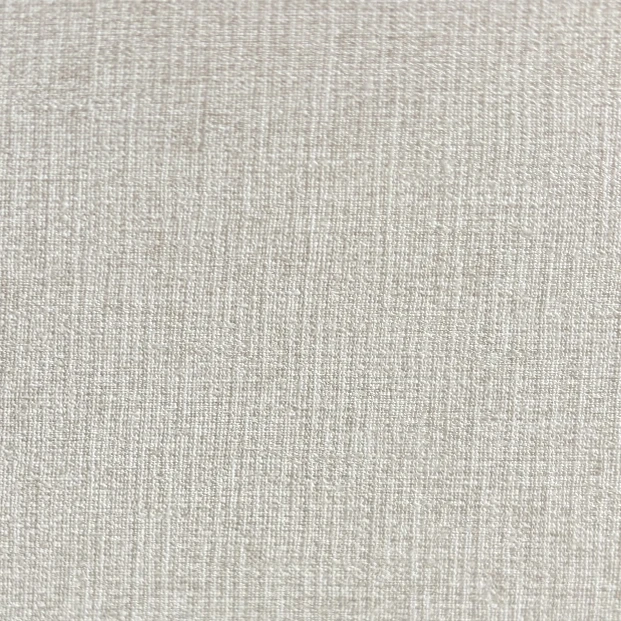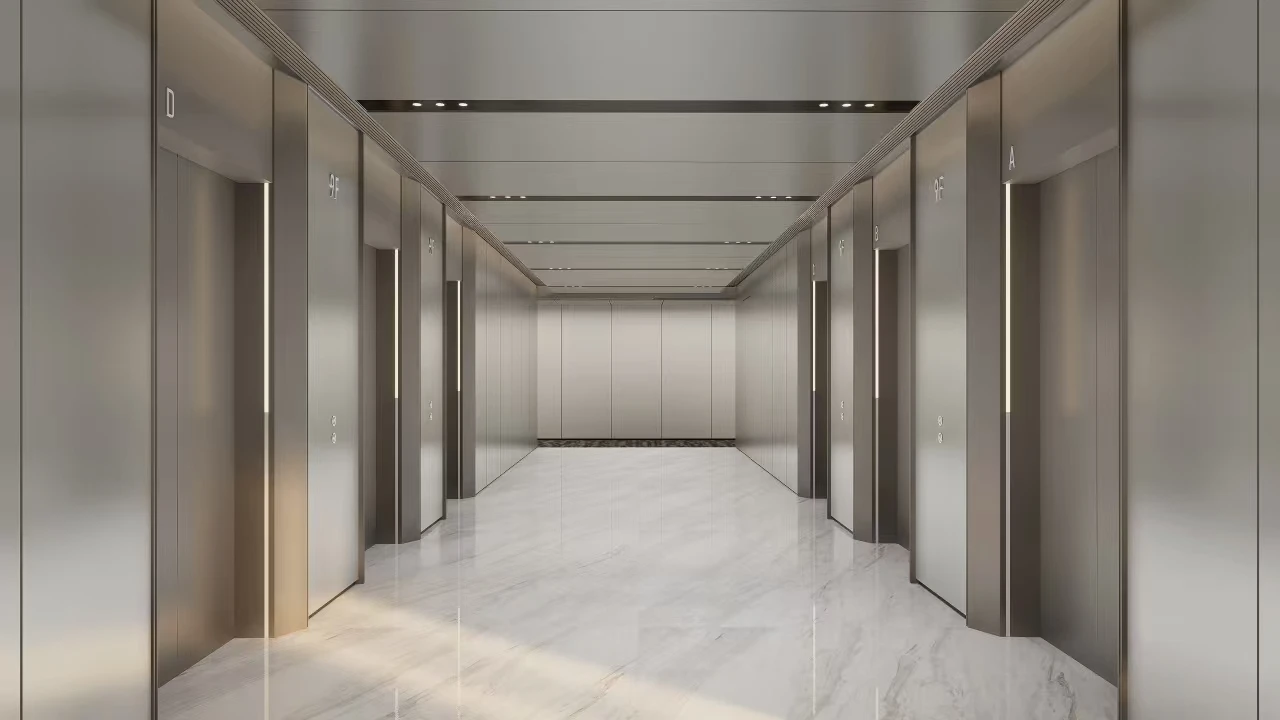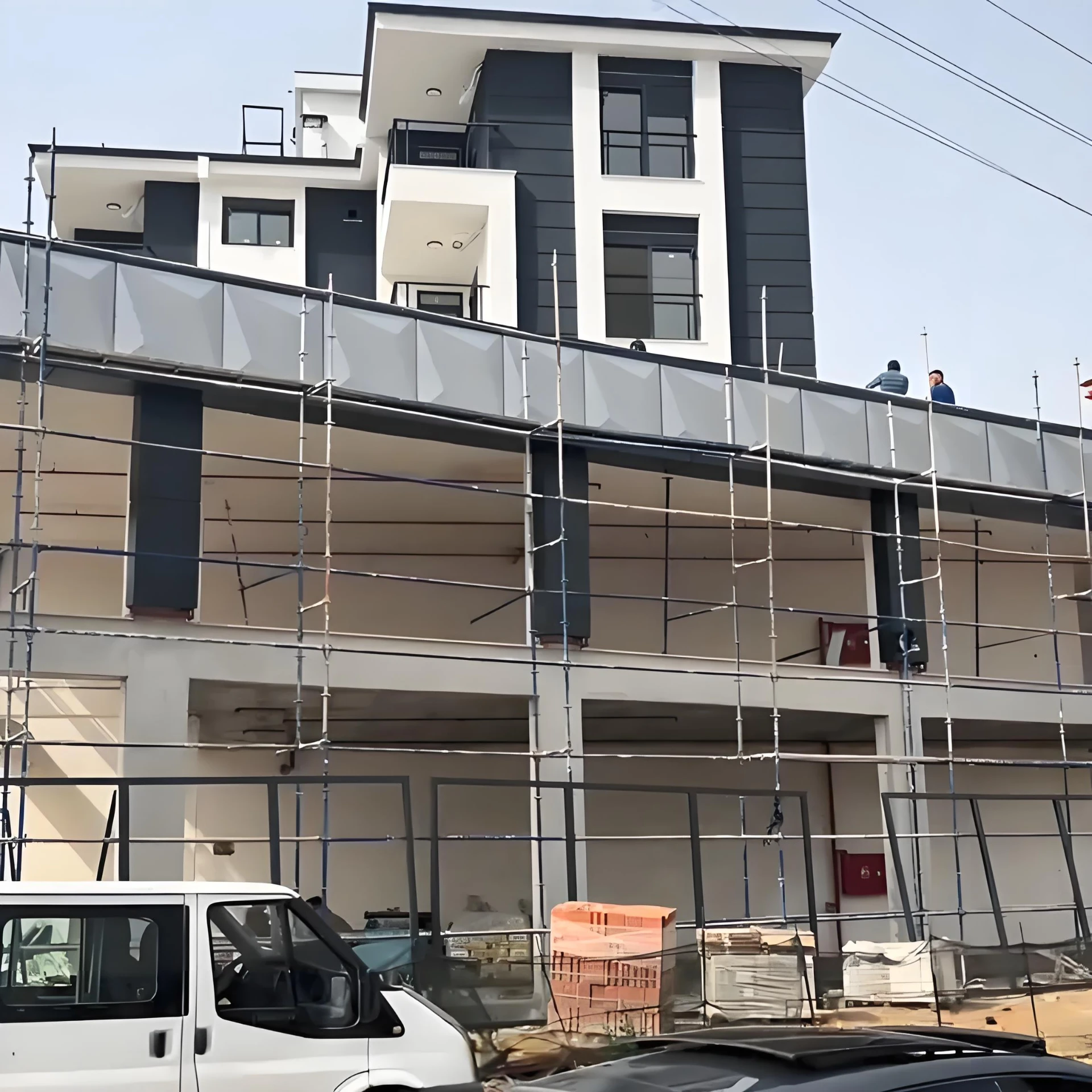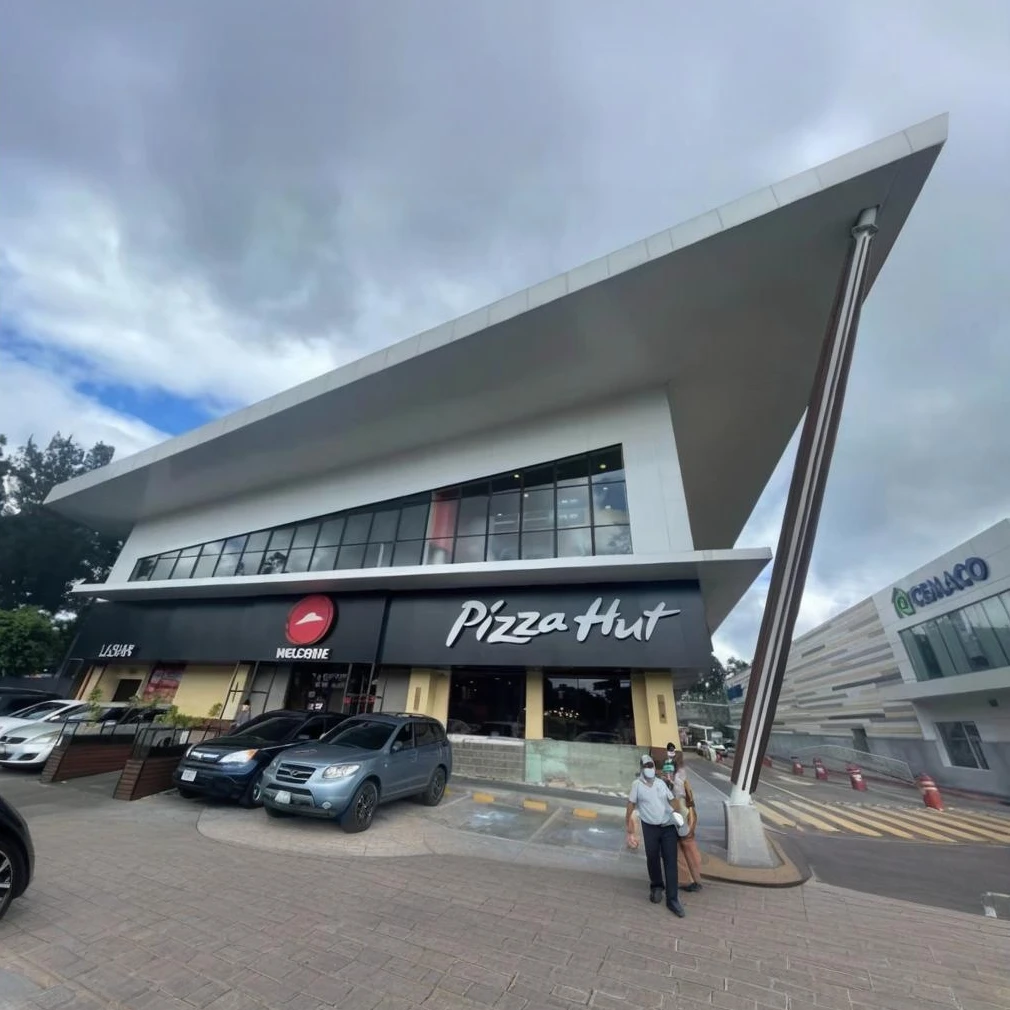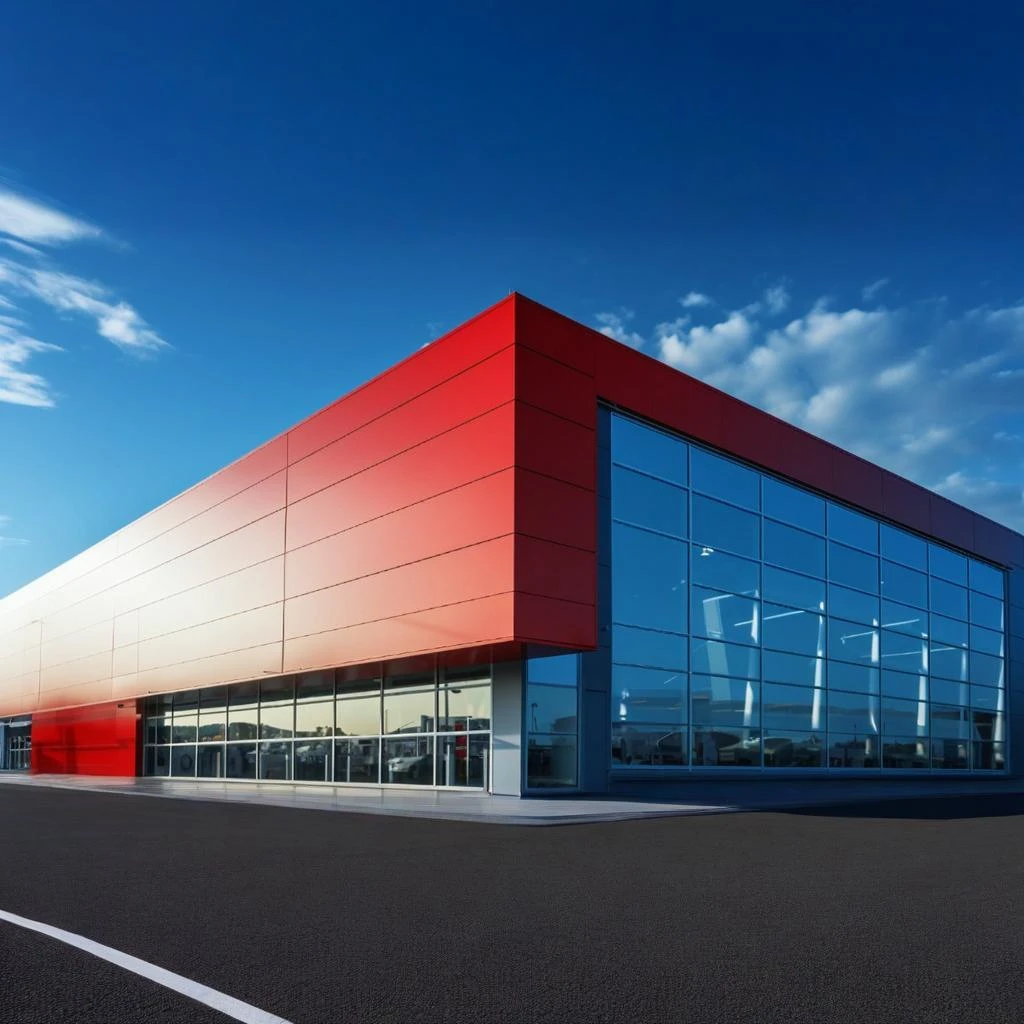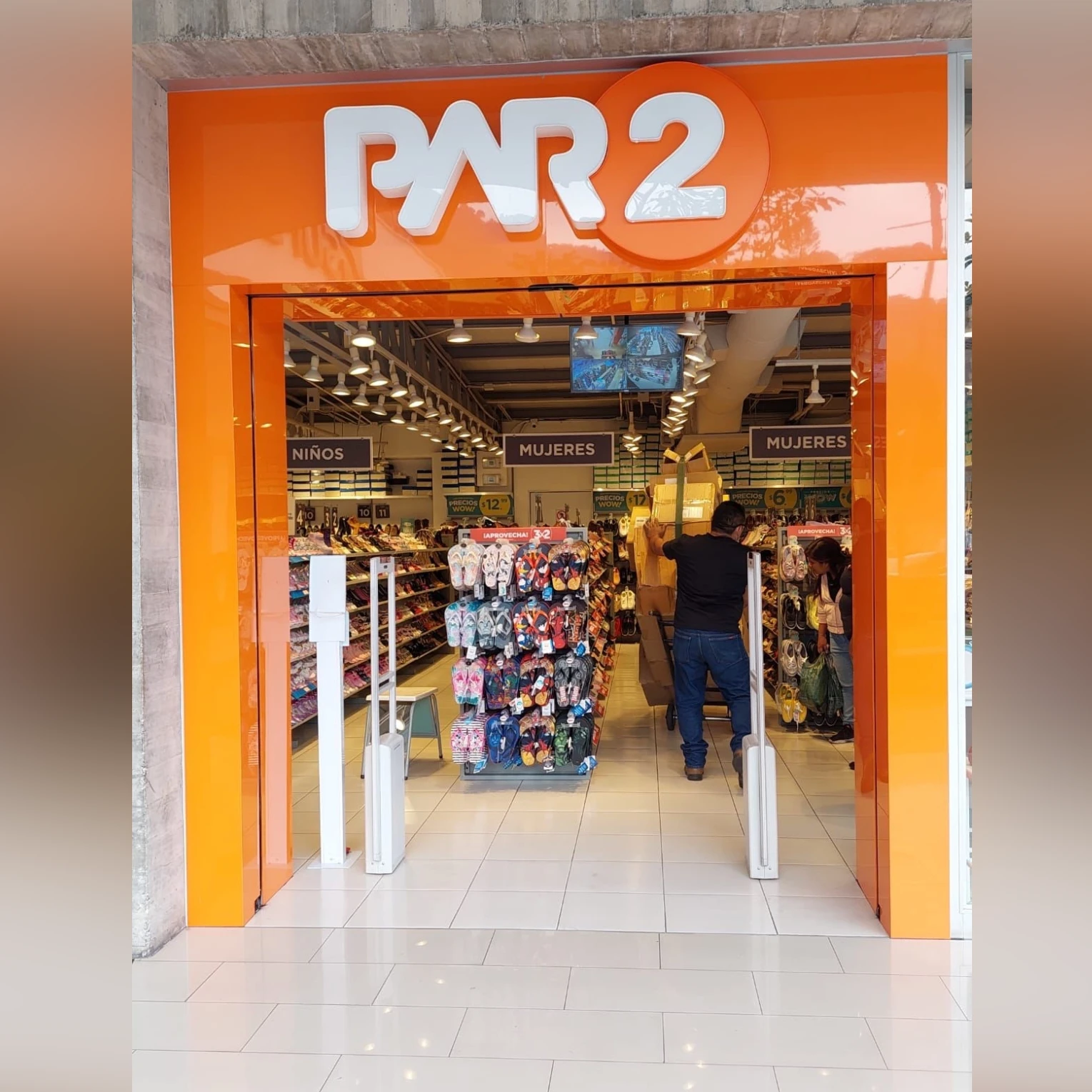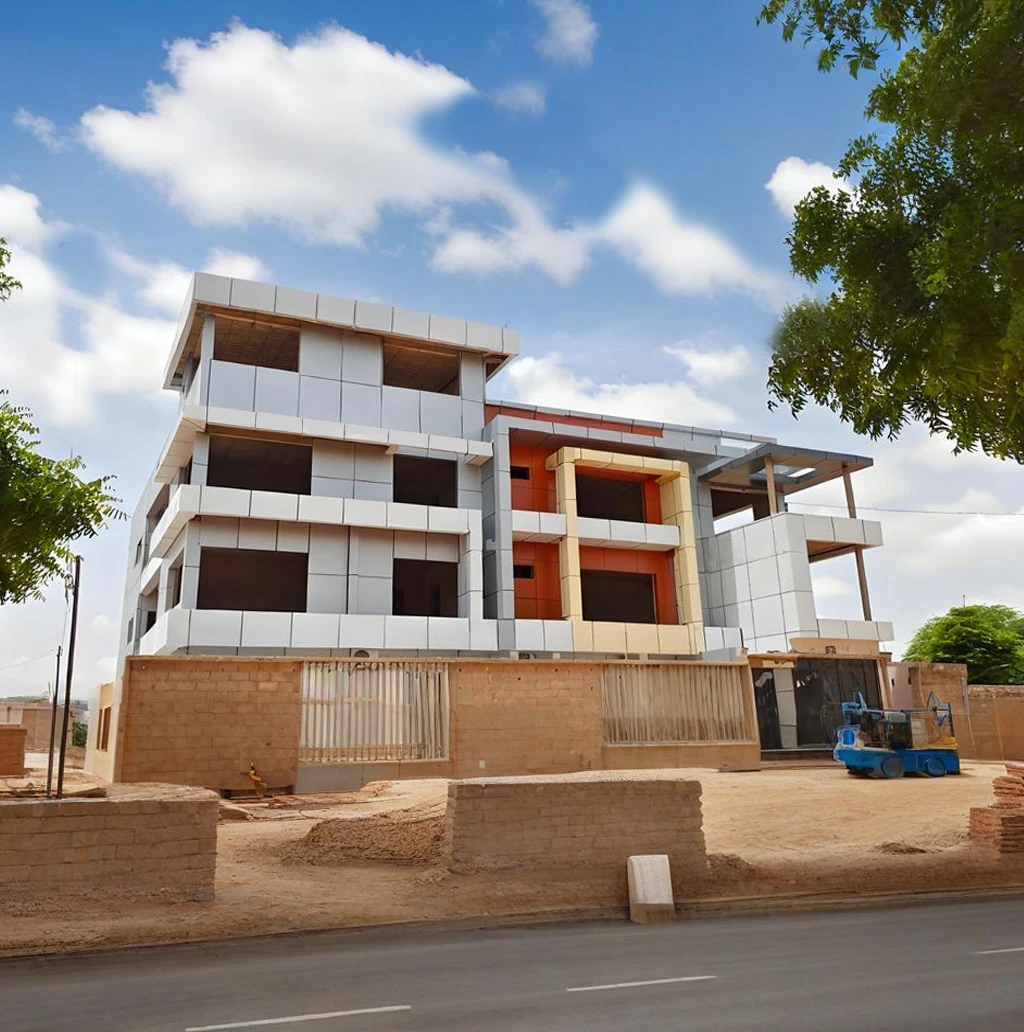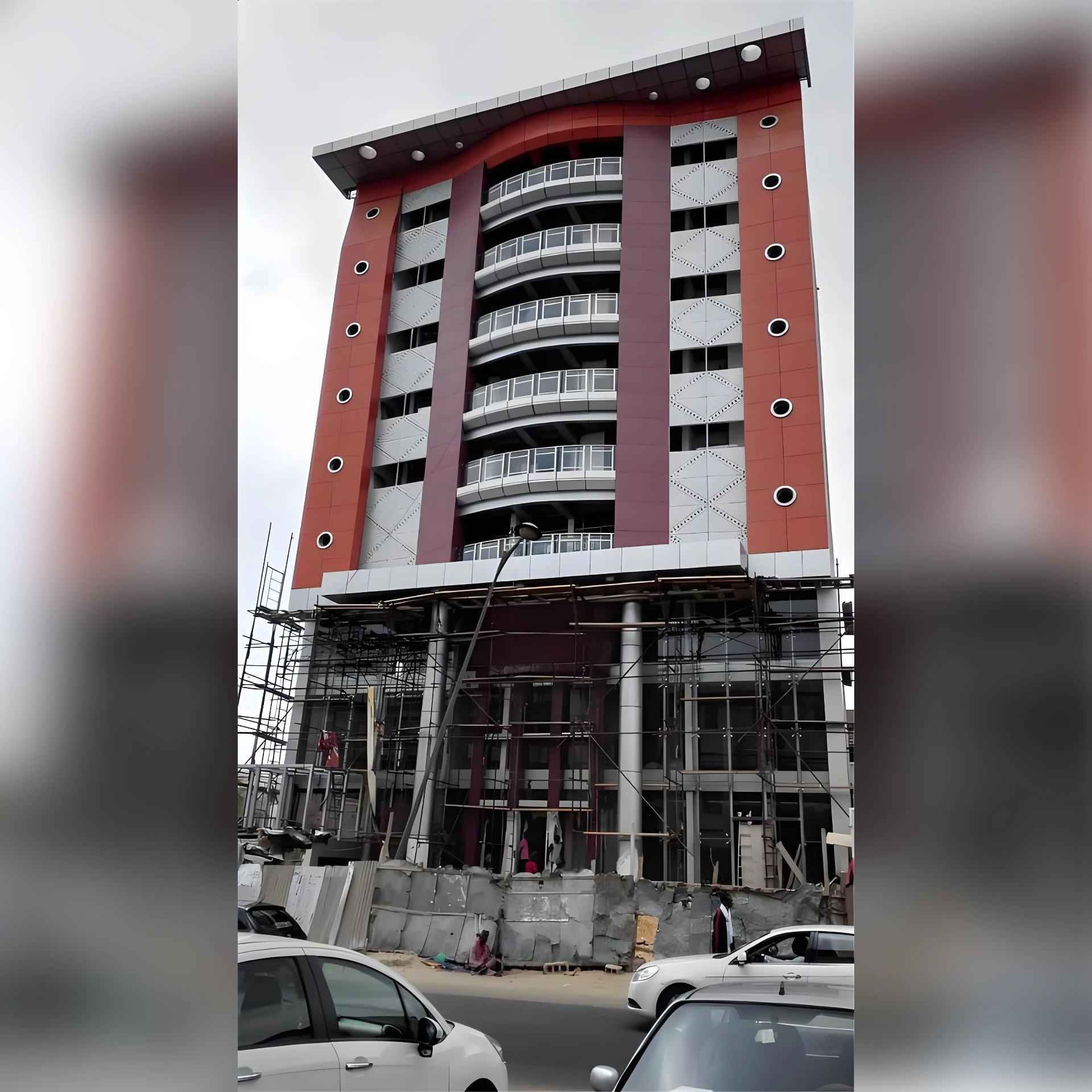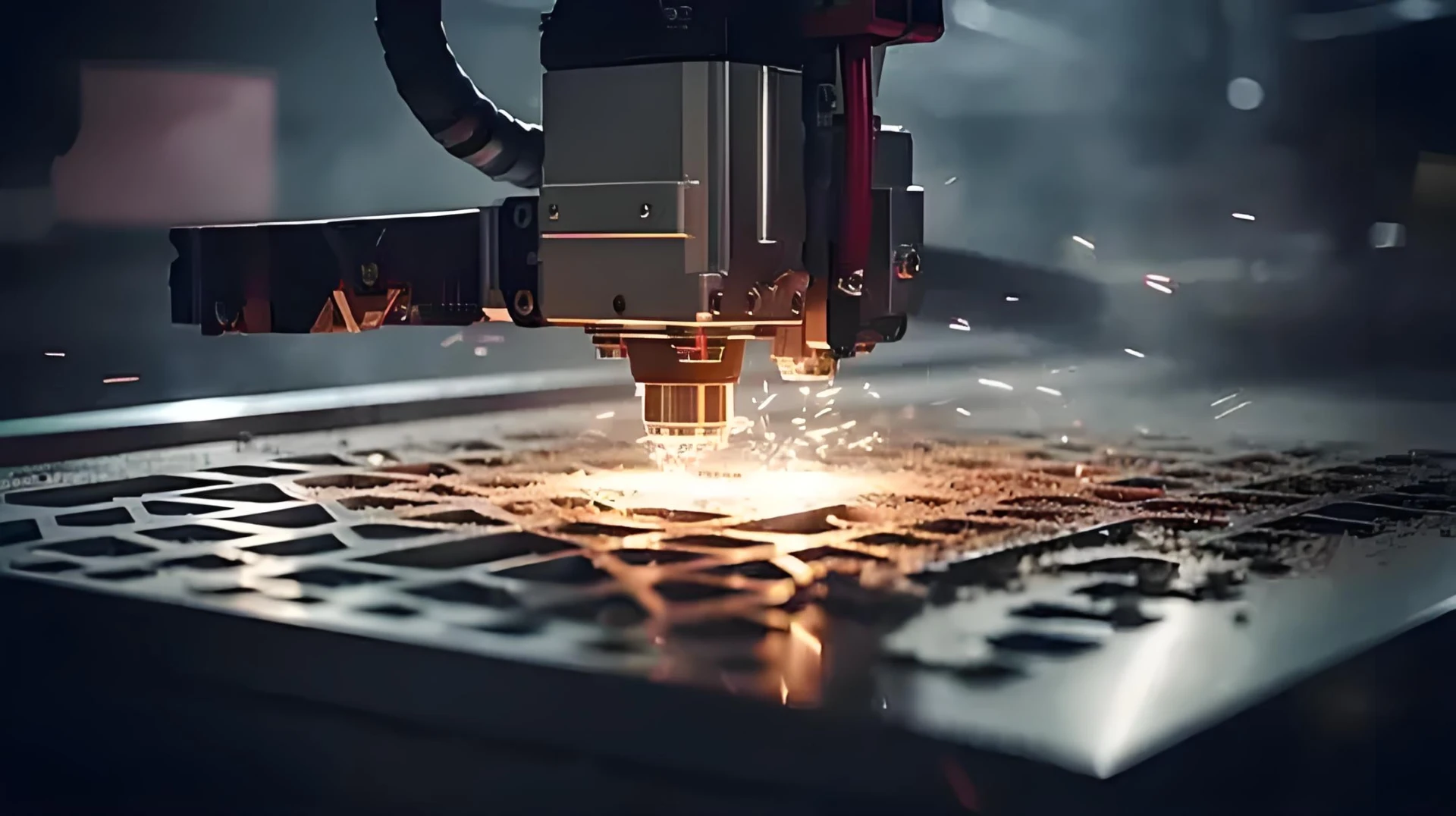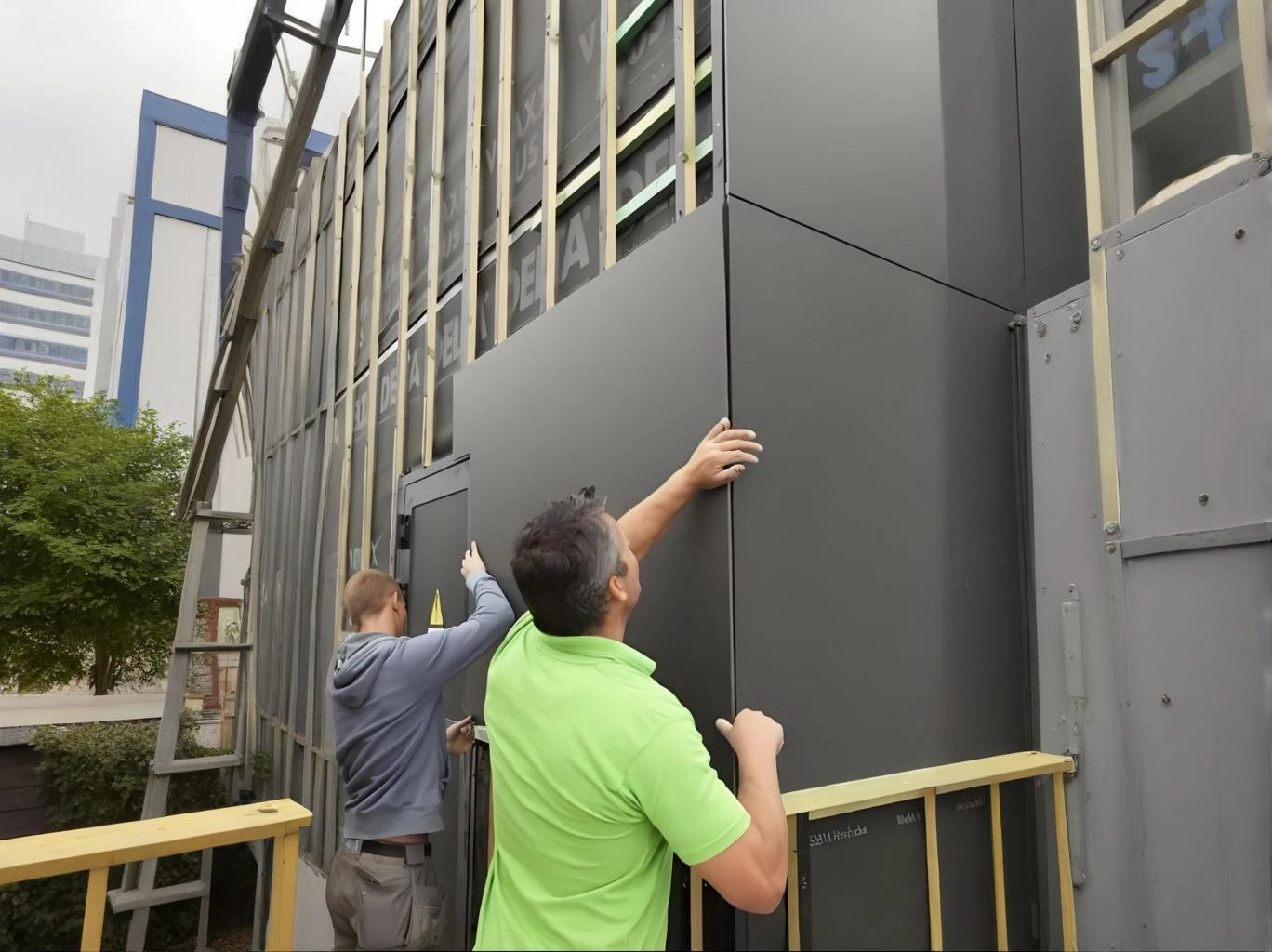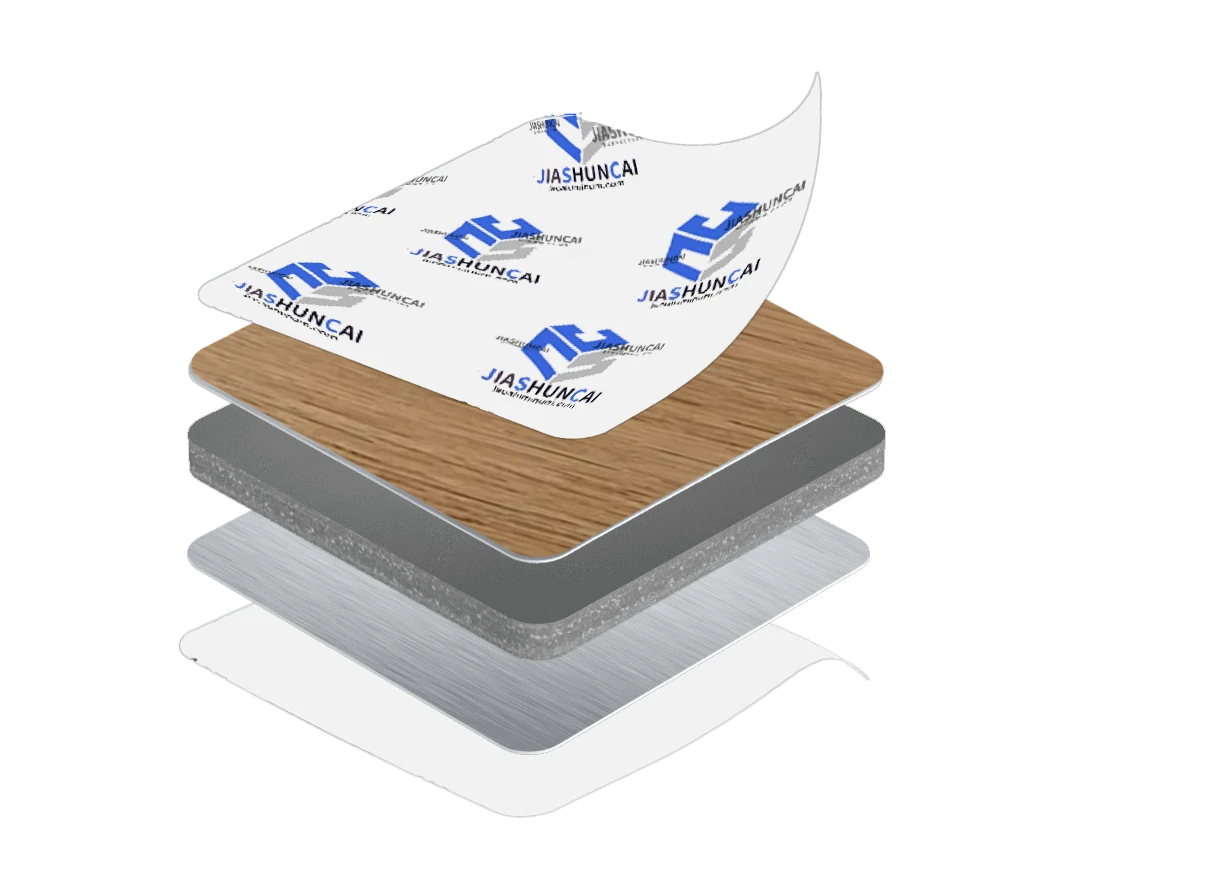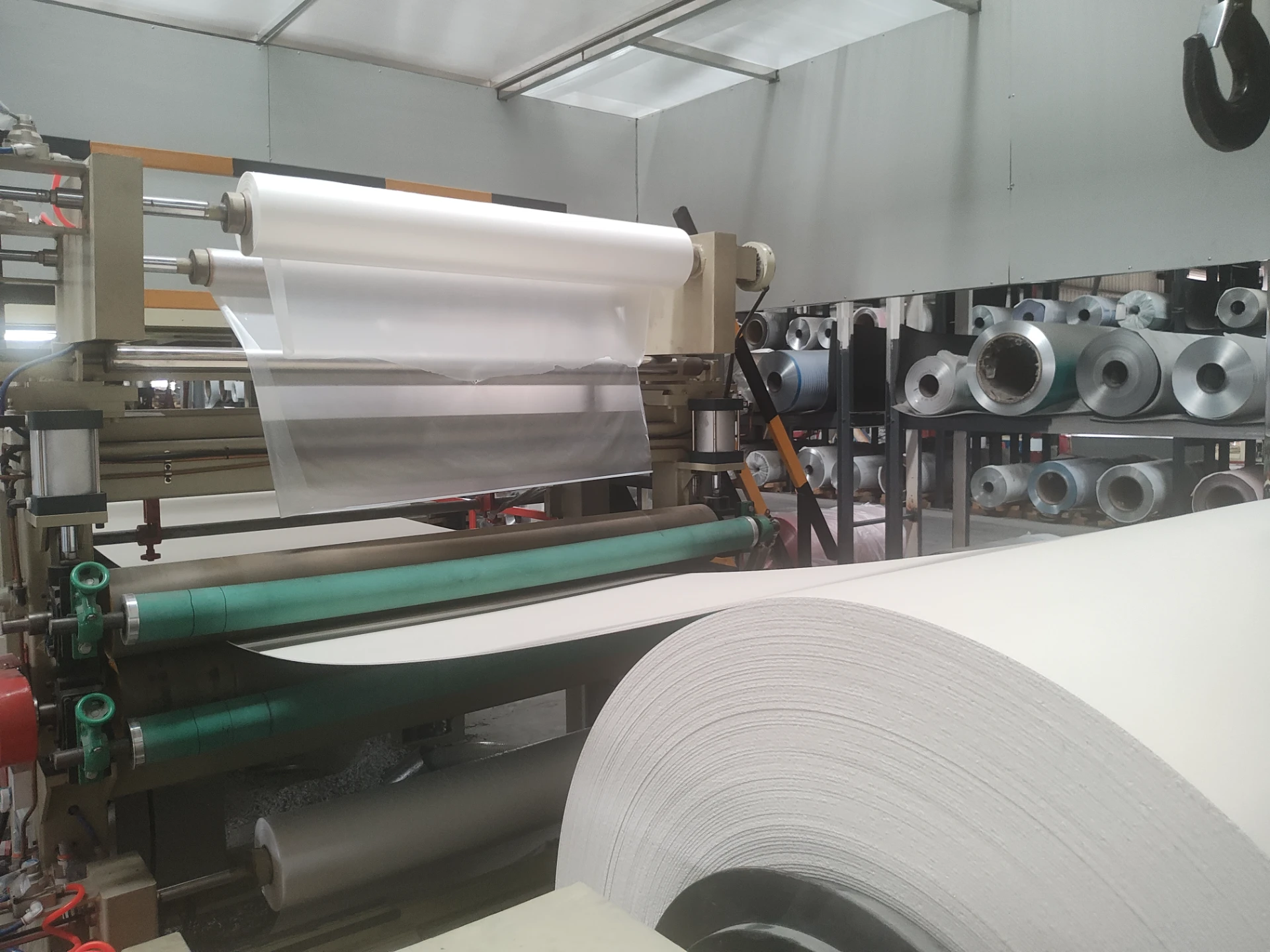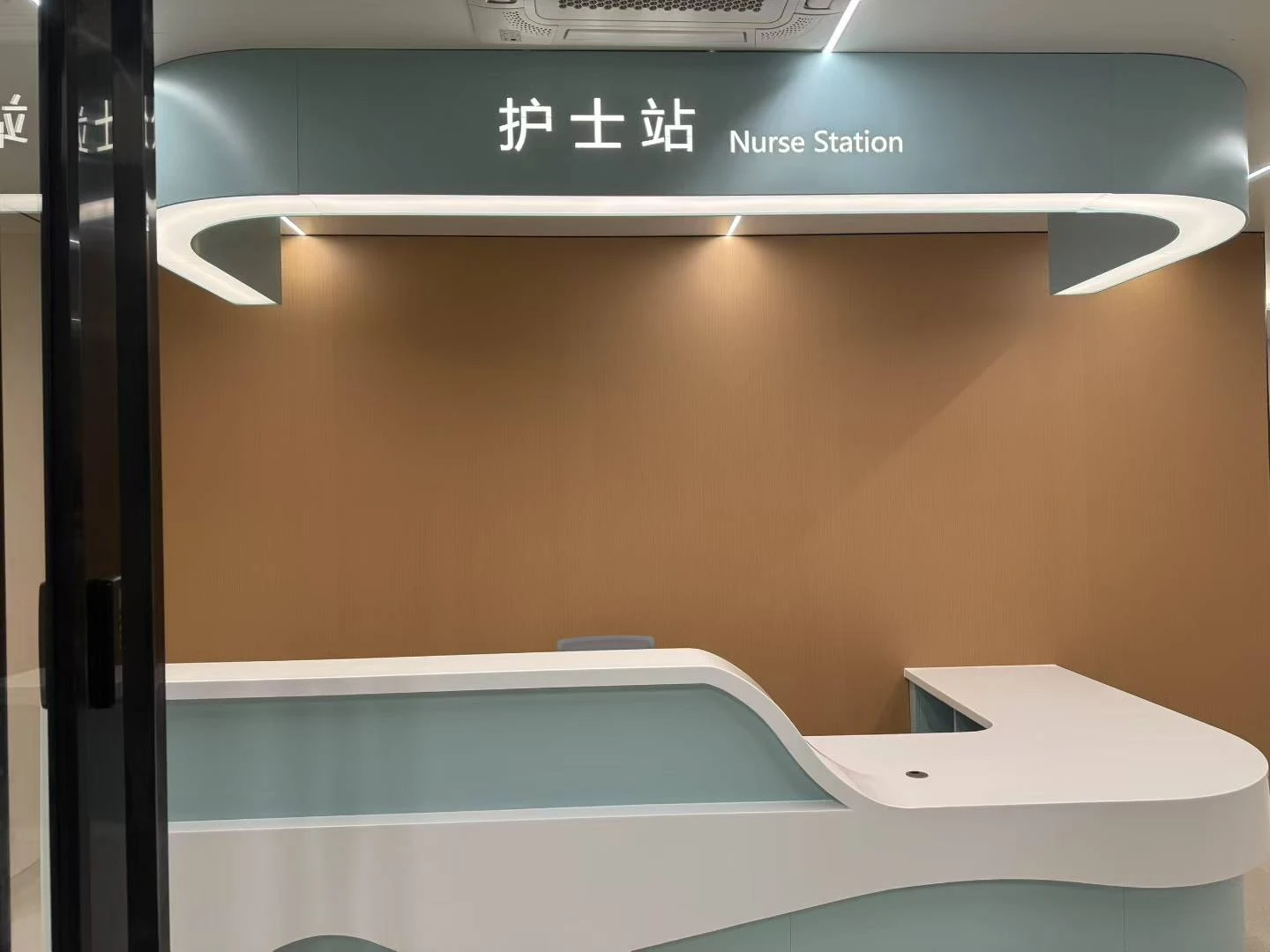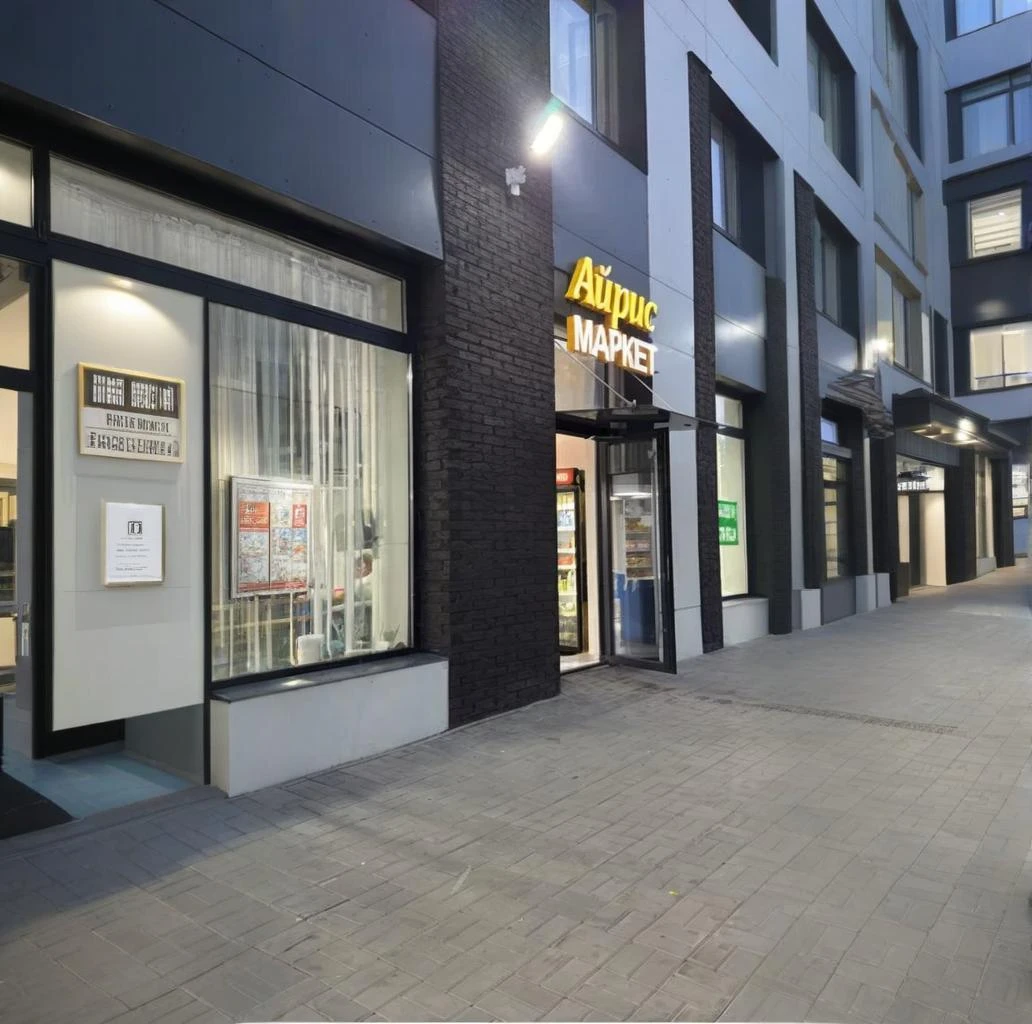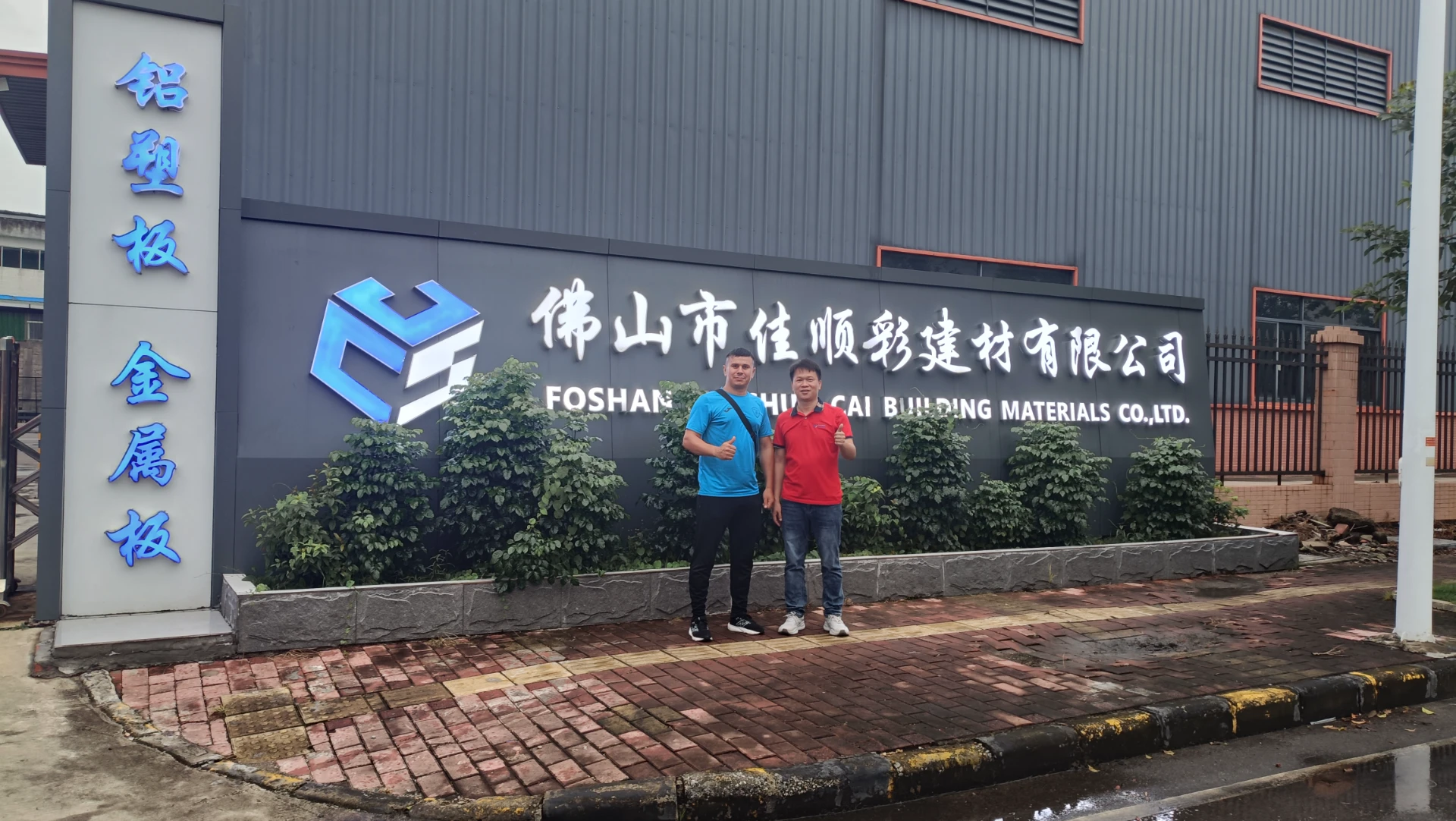The Indispensable Role of **Aluminum Drop Ceiling Grid** Systems in Modern Infrastructure
In the realm of contemporary architectural design and industrial functionality, the choice of materials for interior construction is paramount. Among the leading solutions, the aluminum drop ceiling grid stands out as a versatile, efficient, and aesthetically pleasing option. This comprehensive guide delves into the intricate world of **aluminum drop ceiling grid** systems, exploring their industry trends, technical prowess, diverse applications, and inherent advantages. We will also highlight how specialized products like 'A Heat Buffer' from JS Aluminum elevate the performance of these systems, ensuring optimal environmental control and energy efficiency.
Current Industry Trends and Market Dynamics
The global market for ceiling systems is experiencing robust growth, driven by increasing urbanization, infrastructure development, and a rising demand for sustainable and high-performance building materials. Within this landscape, aluminum drop ceiling grid solutions are gaining significant traction due to their lightweight nature, superior corrosion resistance, and adaptability. Key trends shaping this market include:
- Sustainability and Green Building Initiatives: Aluminum is 100% recyclable, making it an eco-friendly choice. The emphasis on LEED certification and energy-efficient designs is fueling the adoption of aluminum systems.
- Acoustic Performance Enhancement: There's a growing need for ceiling solutions that can effectively manage sound within commercial and industrial spaces. Perforated aluminum panels, often integrated into the **aluminum drop ceiling grid**, provide excellent sound absorption properties.
- Integration of Smart Technologies: Modern ceiling grids are increasingly designed to seamlessly integrate lighting, HVAC, and smart building management systems, contributing to more functional and aesthetically clean environments.
- Customization and Aesthetic Versatility: Architects and designers are seeking greater flexibility in design. Aluminum's ability to be easily shaped, finished (e.g., anodized, powder coated), and custom-colored makes it ideal for unique architectural visions.
- Demand for Hygienic Environments: In sectors like healthcare and food processing, easy-to-clean and anti-microbial surfaces are crucial. Aluminum, being non-porous and resistant to mold/mildew, addresses these requirements effectively.
According to a report by Grand View Research, the global suspended ceiling market size was valued at USD 2.6 billion in 2022 and is expected to grow at a compound annual growth rate (CAGR) of 6.2% from 2023 to 2030, with metal ceilings, including aluminum, being a significant contributor to this growth.
Technical Parameters and Specifications of **Aluminum Drop Ceiling Grid**
The efficacy of an aluminum drop ceiling grid system lies in its robust technical specifications. These parameters dictate the system's performance, durability, and suitability for various applications. Understanding them is crucial for proper selection and installation.
Key Technical Specifications:
- Material Alloy: Typically 6063-T5 or 6061-T6 aluminum alloy, known for their excellent strength-to-weight ratio, formability, and corrosion resistance.
- Grid Dimensions: Standard grid sizes include 2'x2' (600x600mm) and 2'x4' (600x1200mm), though custom sizes are readily available. The T-bar profiles usually range from 15mm to 24mm face width.
- Thickness: Grid profiles typically have a thickness ranging from 0.4mm to 1.0mm, impacting load-bearing capacity and rigidity.
- Surface Finishes:
- Anodized: Enhances corrosion resistance, hardness, and allows for various color options (e.g., clear, bronze, black).
- Powder Coated: Provides a durable, aesthetically pleasing finish in a wide spectrum of colors, offering excellent UV and scratch resistance.
- Mill Finish: Raw aluminum, often used where appearance is not critical or further processing is intended.
- Fire Rating: Class A fire rating (ASTM E84) is standard for aluminum, meaning it does not significantly contribute to flame spread or smoke development.
- Load-Bearing Capacity: Varies depending on grid profile design and material thickness, typically supporting ceiling panels, light fixtures, and HVAC components. Heavy-duty grids can support up to 20 lbs/sq ft.
- Corrosion Resistance: Inherently resistant to rust and most corrosive agents, making them ideal for humid or chemically aggressive environments.
- Thermal Conductivity: Aluminum possesses high thermal conductivity (approximately 205 W/mK), which, when integrated with specialized products like 'A Heat Buffer', can be leveraged for passive heating/cooling or heat dissipation.
- Acoustic Performance: While the grid itself doesn't offer significant acoustic properties, it supports acoustic panels (e.g., aluminium perforated ceiling tiles) that provide excellent Noise Reduction Coefficient (NRC) values, often ranging from 0.7 to 0.9.
Table of Common **Aluminum Drop Ceiling Grid** Parameters
| Parameter |
Typical Range/Value |
Measurement Unit |
Description |
| Material Alloy |
6063-T5 / 6061-T6 |
N/A |
Common aluminum alloys for extrusions, offering strength and corrosion resistance. |
| Main Runner Length |
3600 - 3700 |
mm |
Standard length of primary load-bearing profiles. |
| Cross Tee Length |
600 / 1200 |
mm |
Lengths for secondary grid members that fit into main runners. |
| Web Height (T-Bar) |
28 - 40 |
mm |
Vertical dimension of the T-bar, influencing rigidity. |
| Face Width (T-Bar) |
15 / 24 |
mm |
Visible width of the T-bar profile from below. |
| Thickness |
0.4 - 1.0 |
mm |
Material gauge, affecting strength and weight. |
| Load Capacity (Light Duty) |
2 - 5 |
kg/sqm (approx. 0.4-1.0 lb/sqft) |
Suitable for standard ceiling tiles. |
| Load Capacity (Heavy Duty) |
10 - 20 |
kg/sqm (approx. 2.0-4.0 lb/sqft) |
For integrated fixtures, heavier panels. |
| Fire Rating |
Class A (ASTM E84) |
N/A |
Non-combustible, minimal flame spread/smoke. |
| Recycled Content |
Up to 70% |
% |
Sustainability metric, indicating environmental friendliness. |
| Corrosion Resistance |
Excellent |
N/A |
High resistance to rust and chemical degradation. |
Introducing 'A Heat Buffer': A Specialized Component for Enhanced Performance
While the **aluminum drop ceiling grid** provides the structural framework, the functional performance of the ceiling system is often enhanced by specialized components. 'A Heat Buffer', a cutting-edge product from JS Aluminum (Product URL: https://www.jscaluminum.com/a-heat-buffer.html), exemplifies this innovation. Though the core application of 'A Heat Buffer' is thermal management, its integration within an aluminum drop ceiling grid system offers a unique advantage, particularly in environments where precise temperature control and energy efficiency are critical.
'A Heat Buffer' is designed to absorb, store, and release thermal energy, effectively stabilizing indoor temperatures. When incorporated into an **aluminum drop ceiling grid**, it transforms the ceiling into an active thermal mass. This allows for:
- Reduced HVAC Load: By mitigating peak heating/cooling demands, it lowers energy consumption and operational costs.
- Improved Thermal Comfort: It minimizes temperature fluctuations, creating a more stable and comfortable indoor climate.
- Passive Energy Management: It can work in conjunction with natural ventilation or low-energy HVAC systems to achieve desired thermal conditions.
- Enhanced System Resilience: It provides a buffer against external temperature swings, contributing to a more resilient building envelope.
The synergy between 'A Heat Buffer' and the inherent thermal properties of the aluminum drop ceiling grid (high thermal conductivity) means that the grid not only provides structural support but also participates in the thermal regulation of the space, a significant leap forward in building energy management.
Detailed Manufacturing Process of **Aluminum Drop Ceiling Grid**
The creation of a high-quality aluminum drop ceiling grid involves a meticulous multi-stage manufacturing process, ensuring precision, durability, and compliance with stringent industry standards. JS Aluminum adheres to international quality management systems like ISO 9001 and environmental standards such as ISO 14001, guaranteeing product excellence.
- Raw Material Procurement and Inspection:
High-grade aluminum billets (e.g., 6063 alloy) are sourced from certified suppliers. Upon arrival, they undergo rigorous quality checks for chemical composition (spectroscopy), impurities, and dimensional accuracy to ensure they meet specified industry standards like ASTM B221 (Standard Specification for Aluminum and Aluminum-Alloy Extruded Bars, Rods, Wire, Profiles, and Tubes).
- Extrusion (or Rolling for some components):
Aluminum billets are heated to specific temperatures (typically 450-500°C) and pushed through a die under high pressure. This process forms the complex T-bar profiles (main runners and cross tees) with precise dimensions and uniform thickness. This stage requires sophisticated machinery and skilled operators to maintain tight tolerances, ensuring that the interlocking mechanisms of the grid fit perfectly during installation.
- Cooling and Stretching:
Immediately after extrusion, the hot aluminum profiles are air-cooled or water-quenched to achieve desired metallurgical properties (e.g., T5 temper for aging). They are then stretched to remove any residual stresses and improve straightness, which is critical for a uniform and level ceiling installation.
- Cutting and Punching:
The long extruded profiles are cut to precise lengths (e.g., 600mm, 1200mm, 3600mm) using high-precision saws. Automated punching machines create the necessary slots, tabs, and holes for interlocking grid components, hanging systems, and panel attachment. The accuracy of these punchings is paramount for easy and secure assembly on-site.
- Deburring and Cleaning:
Any sharp edges or burrs resulting from cutting and punching are removed to ensure safe handling and a smooth finish. The profiles are then thoroughly cleaned to remove oils, dust, and contaminants, preparing them for surface treatment.
- Surface Treatment (Anodizing or Powder Coating):
This critical step enhances the aesthetic appeal, durability, and corrosion resistance of the **aluminum drop ceiling grid**.
- Anodizing: The aluminum is immersed in an electrolyte bath, and an electric current is passed through, creating a durable, porous oxide layer. This layer can then be dyed for various colors or sealed for enhanced protection. Anodized finishes comply with standards such as ANSI/AAMA 611.
- Powder Coating: Electrostatically charged powder particles are applied to the profiles, which are then baked in an oven. The heat melts the powder, forming a smooth, hard, and uniform finish. This process adheres to AAMA 2603, 2604, or 2605 standards, offering superior weather and scratch resistance.
- Quality Control and Inspection:
Throughout the entire manufacturing process, rigorous quality control checks are performed. This includes dimensional verification, visual inspection for surface defects, adhesion tests for coatings (cross-hatch test for powder coating), and color consistency checks. Final products are inspected against design specifications and industry standards like ASTM C635/C635M (Standard Specification for Manufacture, Performance, and Testing of Metal Suspension Systems for Acoustical Tile and Lay-in Panel Ceilings).
- Packaging and Shipping:
Finished **aluminum drop ceiling grid** components are carefully packaged to prevent damage during transit. This often involves protective films, cardboard boxes, and secure bundling, ensuring that products arrive at the job site in pristine condition.
This intricate process ensures that each component of the aluminium suspended ceiling grid meets the highest standards for performance, longevity, and aesthetic appeal. The typical usage lifespan of a well-manufactured **aluminum drop ceiling grid** system, under normal indoor conditions, can exceed 50 years, often matching the lifespan of the building itself.
Applicable Industries and Typical Application Scenarios
The versatility and inherent advantages of aluminum drop ceiling grid systems make them suitable for a vast array of industries and applications. Their ability to combine functionality with aesthetics ensures optimal performance in diverse environments.
- Commercial & Office Spaces: Ideal for modern offices, conference rooms, and lobbies. They allow for easy access to plenum spaces for maintenance of wiring, HVAC, and plumbing, while contributing to a clean, professional aesthetic.
- Healthcare Facilities: Hospitals, clinics, and laboratories benefit from aluminum's hygienic properties (easy to clean, resistant to mold and bacteria), fire resistance, and ability to support specialized lighting and air filtration systems.
- Educational Institutions: Schools, universities, and libraries use these systems for their durability, acoustic benefits (reducing noise in classrooms), and low maintenance requirements.
- Retail & Hospitality: Shopping malls, hotels, restaurants, and showrooms leverage the aesthetic flexibility of aluminum ceilings, enabling custom designs, integrated lighting, and a luxurious feel.
- Industrial & Manufacturing Facilities: In controlled environments such as electronics manufacturing or cleanrooms, aluminum grids provide a non-corrosive, cleanable, and stable substrate for specialized ceiling tiles and filters.
- Data Centers: Due to their non-magnetic properties, high thermal conductivity (especially when integrated with products like 'A Heat Buffer'), and ability to accommodate heavy equipment like CRAC units, **aluminum drop ceiling grid** systems are increasingly favored in data center construction.
- Food Processing & Pharmaceutical Plants: Compliance with stringent hygiene standards is crucial. Aluminum's easy-to-clean, non-porous surface and resistance to chemical cleaning agents make it an excellent choice.
- Transportation Hubs: Airports, train stations, and bus terminals utilize the durability, fire resistance, and long lifespan of aluminum ceilings to withstand high traffic and ensure public safety.
In each of these scenarios, the advantages of **aluminum drop ceiling grid** — such as energy saving through thermal management (e.g., with 'A Heat Buffer'), superior corrosion resistance, ease of installation and maintenance, and aesthetic adaptability — are critical drivers for their selection.
Technical Advantages of **Aluminum Drop Ceiling Grid** Systems
Compared to traditional ceiling materials like steel or gypsum, aluminum drop ceiling grid systems offer a compelling suite of technical advantages:
- Exceptional Corrosion Resistance: Unlike steel, aluminum naturally forms a protective oxide layer, making it highly resistant to rust and corrosion, especially beneficial in humid or chemically exposed environments. This significantly extends the system's lifespan and reduces maintenance costs.
- Lightweight yet Strong: Aluminum offers an impressive strength-to-weight ratio. This means lighter ceiling structures, which reduces the load on the building's overall framework, simplifying installation and potentially lowering structural costs.
- Superior Durability and Longevity: Aluminum grids are resistant to warping, cracking, and sagging over time, maintaining their structural integrity and appearance for decades. This leads to lower lifecycle costs compared to materials requiring frequent replacement or repair.
- Fire Safety: Aluminum is non-combustible and has a high melting point, contributing significantly to passive fire protection in buildings. It does not contribute fuel to a fire or emit toxic smoke.
- Thermal Management Capabilities: While the grid itself is highly conductive, when coupled with specialized products like 'A Heat Buffer', it can actively contribute to a building's thermal regulation, leading to significant energy savings by reducing HVAC load and maintaining stable indoor temperatures.
- Excellent Acoustic Performance (with compatible panels): When combined with aluminium perforated ceiling tiles or other acoustic panels, the system can achieve high Noise Reduction Coefficient (NRC) values, effectively controlling sound reverberation and improving indoor acoustic comfort.
- Design Versatility: Aluminum can be easily extruded into various profiles and finished in a wide range of colors and textures (anodized, powder coated), offering unparalleled design flexibility to match any architectural vision.
- Easy Installation and Maintenance: The lightweight nature and interlocking design of the grid components simplify installation, reducing labor time and costs. Furthermore, individual panels can be easily lifted for access to the plenum space, making maintenance and upgrades hassle-free.
Manufacturer Comparison and Selection Criteria
Choosing the right manufacturer for your aluminum drop ceiling grid system is crucial for ensuring product quality, performance, and long-term satisfaction. Here are key factors to consider when comparing manufacturers:
- Industry Certifications & Compliance: Look for manufacturers with certifications like ISO 9001 (Quality Management), ISO 14001 (Environmental Management), and adherence to industry standards such as ASTM, ANSI, and local building codes. JS Aluminum, for instance, holds robust certifications that attest to its quality and environmental stewardship.
- Experience and Reputation: A manufacturer with a proven track record and extensive experience in aluminum extrusion and ceiling systems indicates reliability and expertise. Check client testimonials, case studies, and service years in the industry.
- R&D and Innovation: Leading manufacturers invest in research and development to offer innovative solutions, such as 'A Heat Buffer', that provide added value like enhanced thermal performance or unique aesthetic options.
- Product Range and Customization Capabilities: A diverse product portfolio and the ability to provide bespoke solutions (custom sizes, finishes, profiles) are vital for projects with specific requirements.
- Quality Control Process: Inquire about their internal quality assurance and control protocols at each stage of manufacturing, from raw material inspection to final product testing.
- Technical Support & After-Sales Service: Comprehensive technical support, installation guidance, and a responsive after-sales service team are essential for smooth project execution and addressing any future needs.
- Sustainability Practices: Given the emphasis on green building, evaluate the manufacturer's commitment to sustainable practices, including the use of recycled content and energy-efficient manufacturing processes.
Customized Solutions for Unique Project Requirements
One of the significant advantages of working with specialized aluminum manufacturers like JS Aluminum is the capability to provide highly customized aluminum drop ceiling grid solutions. Beyond standard sizes and finishes, customization can encompass:
- Unique Grid Profiles: Designing bespoke T-bar profiles or integration channels for specialized lighting, air diffusers, or security systems.
- Tailored Finishes: Custom color matching for brand aesthetics, specialized textured finishes, or high-performance coatings for extreme environments (e.g., marine-grade anodizing).
- Acoustic and Thermal Integration: Developing custom aluminium perforated ceiling tiles with specific perforation patterns for targeted acoustic performance, or integrating solutions like 'A Heat Buffer' into a thermally optimized system design.
- Integrated Service Channels: Designing grids that seamlessly conceal utilities (electrical conduits, data cables, plumbing) while maintaining easy access for maintenance.
- Structural Reinforcement: Engineering grid systems with enhanced load-bearing capacities for heavy ceiling fixtures, exhibition displays, or specialized equipment.
These tailored approaches ensure that the aluminum drop ceiling grid system not only meets functional requirements but also aligns perfectly with the architectural vision and operational demands of any unique project, from a high-tech data center to a bespoke luxury retail space.
Application Cases and Real-World Experience
The practical application of aluminum drop ceiling grid systems demonstrates their versatility and performance across diverse sectors. Here are illustrative examples of their impact:
- Large-Scale Commercial Office Complex: In a LEED-certified office tower, an aluminum suspended ceiling grid system was chosen for its high recycled content and robust support for integrated LED lighting and efficient HVAC diffusers. The easy access to the plenum space facilitated rapid installation and future-proofing for IT infrastructure upgrades, significantly reducing long-term operational costs.
- State-of-the-Art Hospital Wing: For a new surgical ward, a specialized aluminium perforated ceiling tiles system integrated with an **aluminum drop ceiling grid** was implemented. The system provided superior acoustic control, ensuring a quiet healing environment, while its easy-to-clean, anti-microbial surface supported stringent hygiene protocols. The long lifespan of the aluminum components meant minimal disruption for maintenance.
- High-Density Data Center: In a mission-critical data center project, the use of a heavy-duty **aluminum drop ceiling grid** was instrumental. Its non-magnetic properties prevented interference with sensitive electronics, and its high load-bearing capacity supported the complex overhead cabling and cooling infrastructure. Furthermore, the integration of 'A Heat Buffer' elements within the grid system contributed to optimized temperature regulation, leading to a demonstrable 15% reduction in cooling energy consumption during peak loads.
- Renovated University Lecture Hall: To improve both acoustics and aesthetics, a custom-designed **aluminum drop ceiling grid** with varying panel sizes and finishes was installed. The lightweight nature of the aluminum simplified the installation in an older building, and the excellent sound absorption properties of the integrated panels dramatically improved speech intelligibility for students.
These examples underscore the practical benefits and proven reliability of aluminum drop ceiling grid systems in delivering high-performance, cost-effective, and sustainable solutions for demanding architectural and industrial projects.
Ensuring Trustworthiness: Delivery, Warranty, and Support
Trust is built not just on product quality but also on the reliability of services. JS Aluminum's commitment to customer satisfaction extends beyond manufacturing, encompassing transparent delivery protocols, comprehensive warranty, and robust customer support.
- Delivery and Lead Times: For standard aluminum drop ceiling grid components, typical lead times range from 3-5 weeks after order confirmation, depending on volume and customization. Expedited options are available for urgent projects. Logistics are managed efficiently to ensure on-time delivery to global destinations, minimizing project delays.
- Quality Assurance and Warranty: All **aluminum drop ceiling grid** components, including specialized products like 'A Heat Buffer', come with a comprehensive warranty against manufacturing defects and material failures. This typically includes a 10-year limited warranty on finishes and structural integrity, reflecting confidence in product longevity and performance when installed according to guidelines. Adherence to ASTM C635/C635M standards ensures that products meet specified performance criteria.
- Customer Support and Technical Assistance: A dedicated team of technical experts is available to provide pre-sales consultation, assist with product selection, offer installation guidance, and troubleshoot any post-installation queries. This commitment to ongoing support ensures a seamless experience for clients from project inception to completion.
Professional FAQ on **Aluminum Drop Ceiling Grid**
Q1: What is the primary difference between an **aluminum drop ceiling grid** and a steel grid?
A1: The primary differences lie in material properties. Aluminum grids are significantly lighter, inherently more corrosion-resistant (no rust), non-magnetic, and have higher thermal conductivity. Steel grids, while often stronger by weight, require galvanization or other coatings for corrosion protection and are heavier, potentially requiring more robust support structures.
Q2: How does the 'A Heat Buffer' product integrate into a standard **aluminum drop ceiling grid** system?
A2: 'A Heat Buffer' is designed as a specialized panel or tile that fits directly into the standard 2'x2' or 2'x4' openings of the aluminum drop ceiling grid. Its unique thermal mass properties work synergistically with the aluminum grid's conductivity to enhance the overall thermal performance and energy efficiency of the ceiling system.
Q3: What are the typical installation standards for **aluminum drop ceiling grid**?
A3: Installation typically follows ASTM C636/C636M (Standard Practice for Installation of Metal Suspension Systems for Acoustical Tile and Lay-in Panel Ceilings). Key aspects include proper suspension wire spacing, leveling, main runner and cross tee interlocking, and secure perimeter attachment to ensure structural integrity and a flat finish.
Q4: Can **aluminum drop ceiling grid** systems be used in outdoor or semi-outdoor applications?
A4: Yes, due to aluminum's excellent corrosion resistance, especially with anodized or high-performance powder-coated finishes, **aluminum drop ceiling grid** systems are suitable for outdoor or semi-outdoor applications like covered walkways, carports, or open-air lobbies, where moisture and environmental exposure are factors.
Q5: What are aluminium perforated ceiling tiles and their benefits?
A5: Aluminium perforated ceiling tiles are aluminum panels with precisely engineered holes (perforations) that are placed within the **aluminum drop ceiling grid**. These perforations, often backed with acoustic fleece, significantly enhance sound absorption, reducing reverberation and improving acoustic comfort in spaces like offices, schools, and auditoriums.
Q6: How does the lifespan of an **aluminum drop ceiling grid** compare to other ceiling systems?
A6: A properly installed aluminum drop ceiling grid system has an exceptionally long lifespan, often exceeding 50 years. This is significantly longer than gypsum board ceilings (which may crack or require frequent repainting) or some steel systems (which can corrode over time if not adequately protected), leading to lower total cost of ownership.
Q7: What are the environmental benefits of choosing an **aluminum drop ceiling grid**?
A7: The primary environmental benefits include aluminum's high recyclability (it can be recycled indefinitely without loss of properties), often containing high percentages of post-consumer recycled content. This reduces the demand for virgin materials and lowers the carbon footprint compared to less sustainable alternatives. Its durability also means less material waste over the building's lifecycle.
References and Further Reading
For a deeper understanding of ceiling system technologies, material science, and industry standards, consider the following resources:

